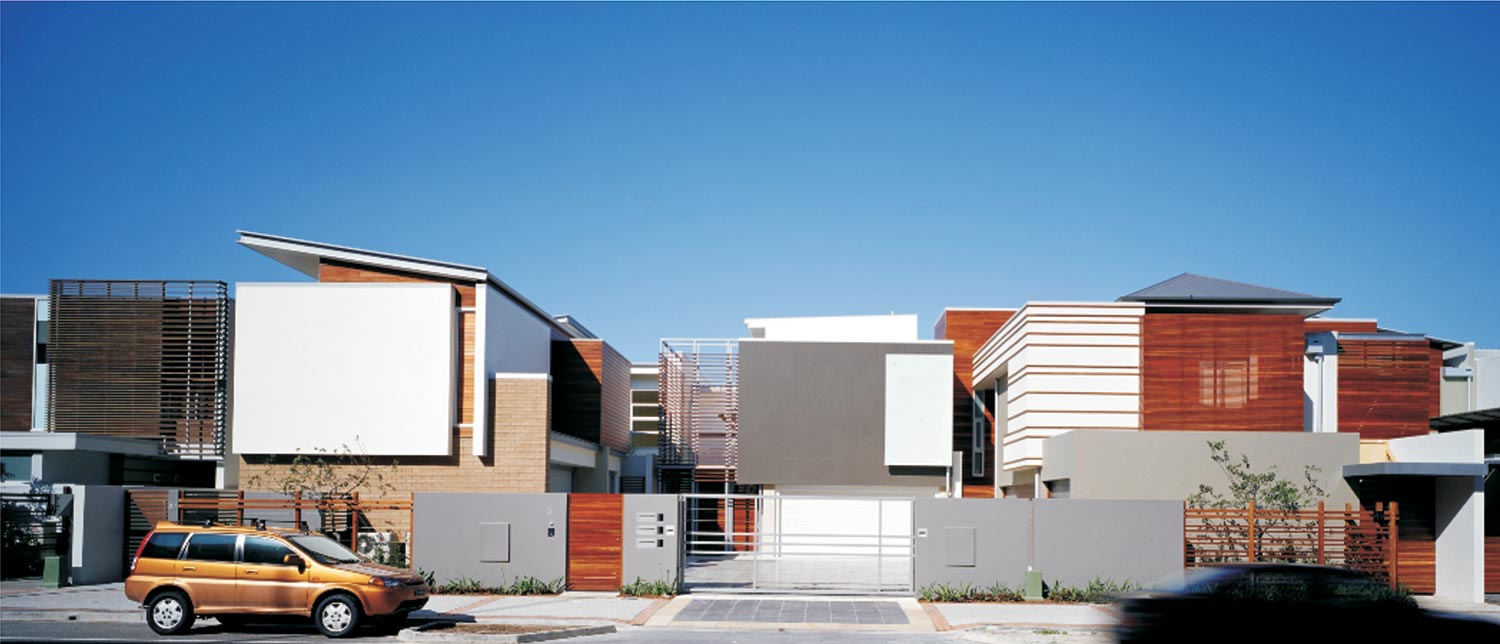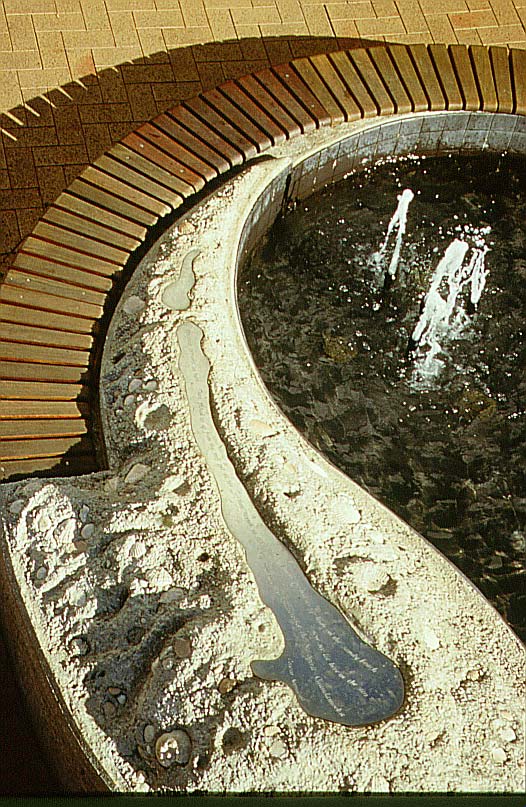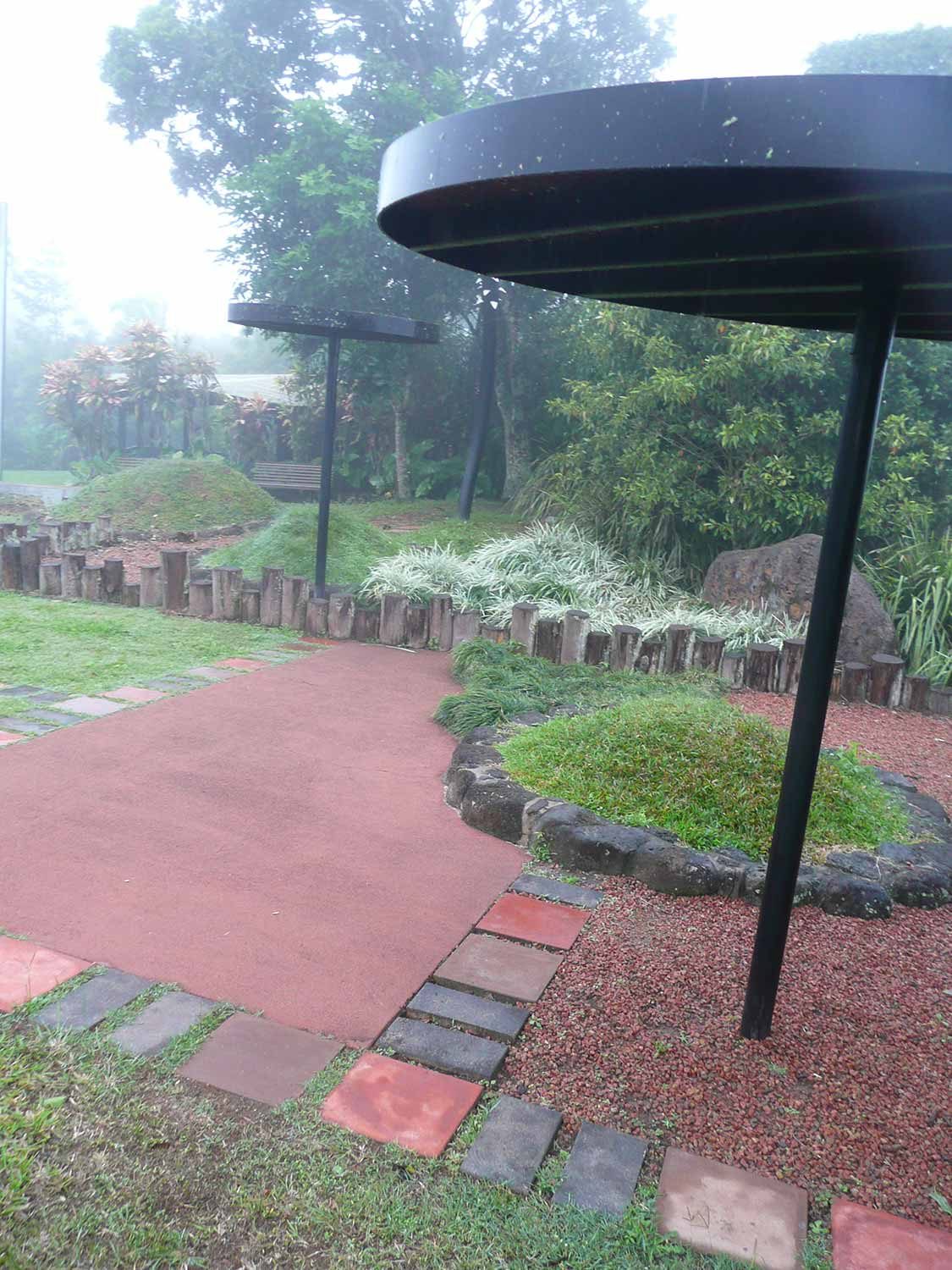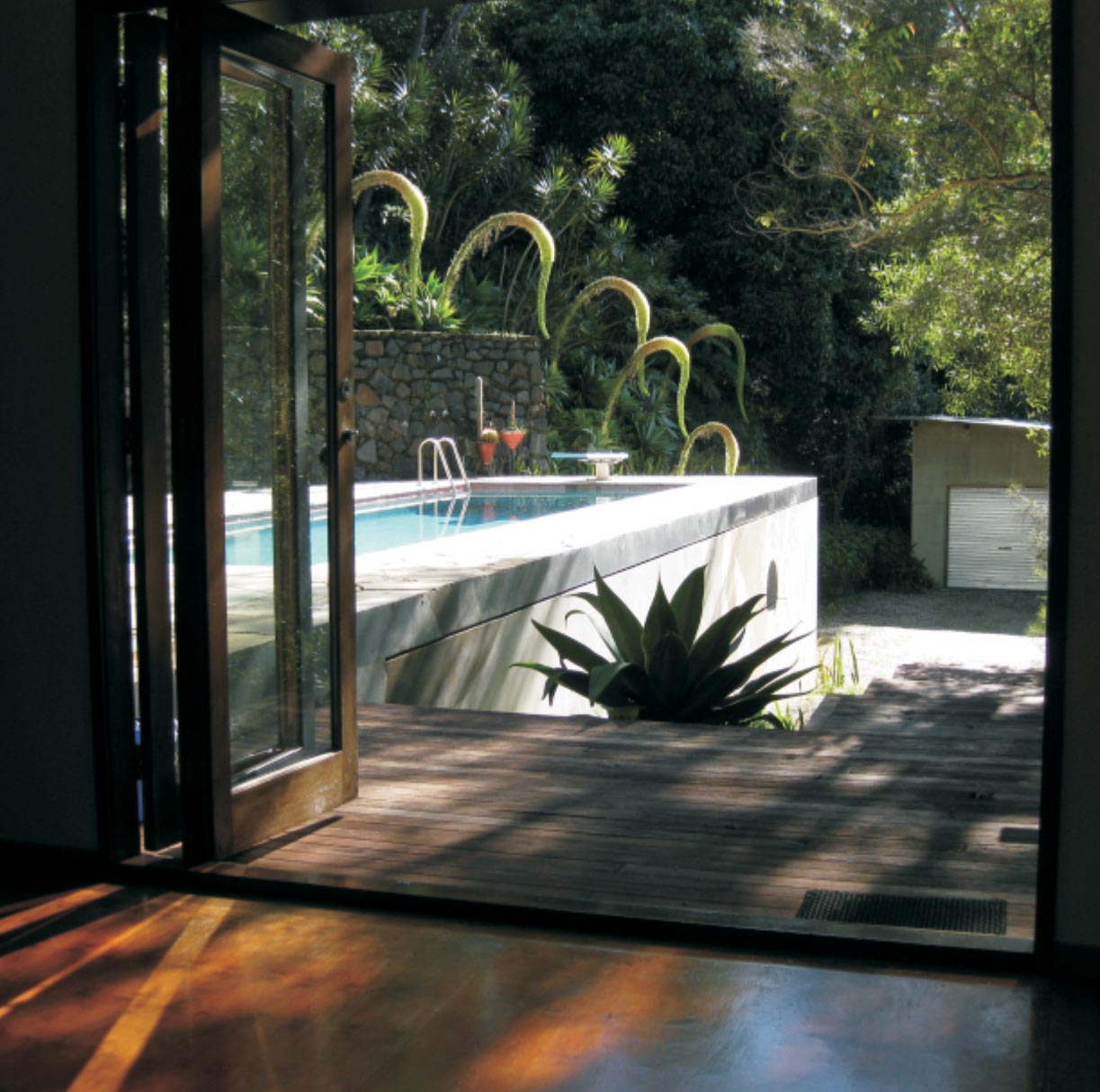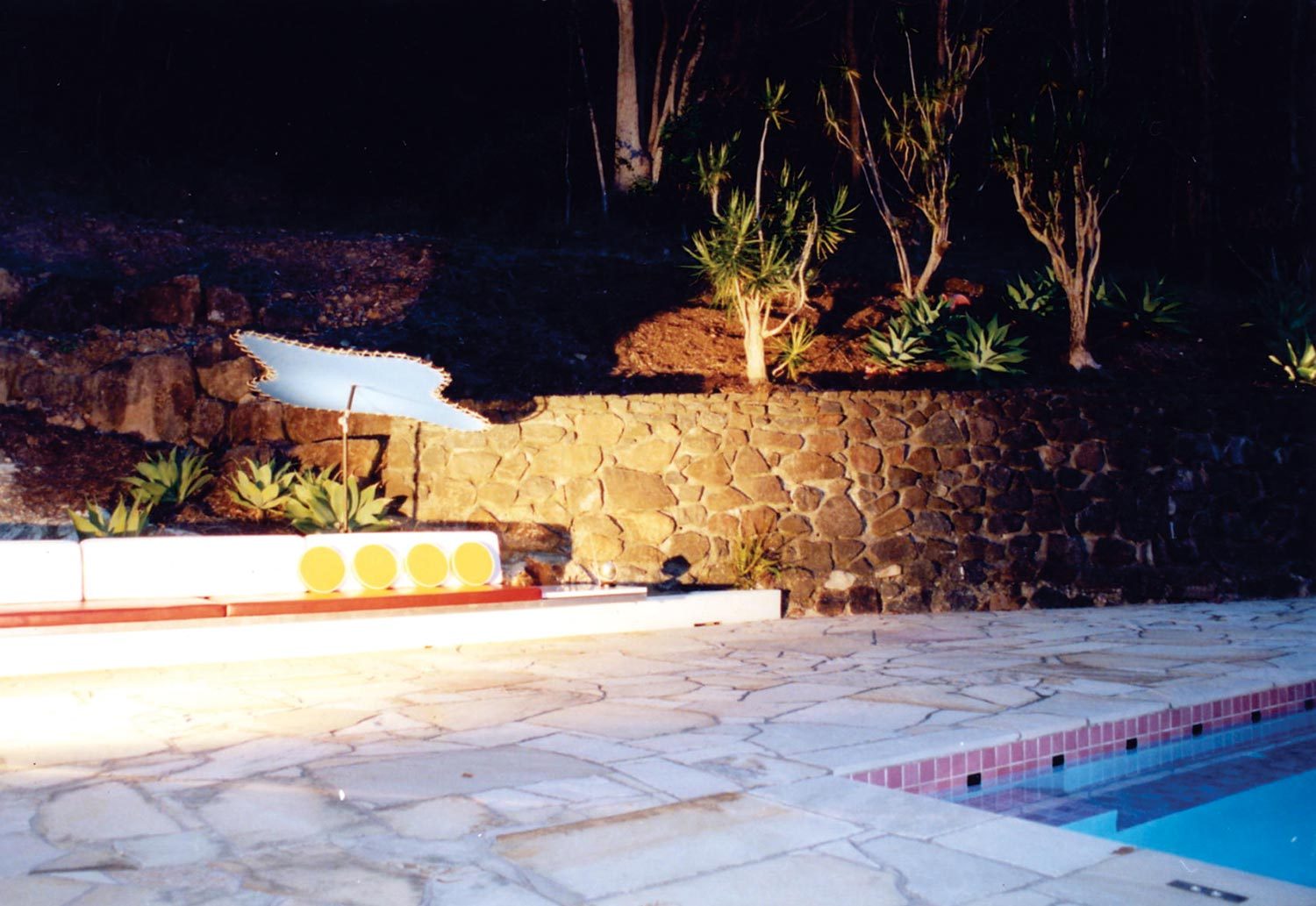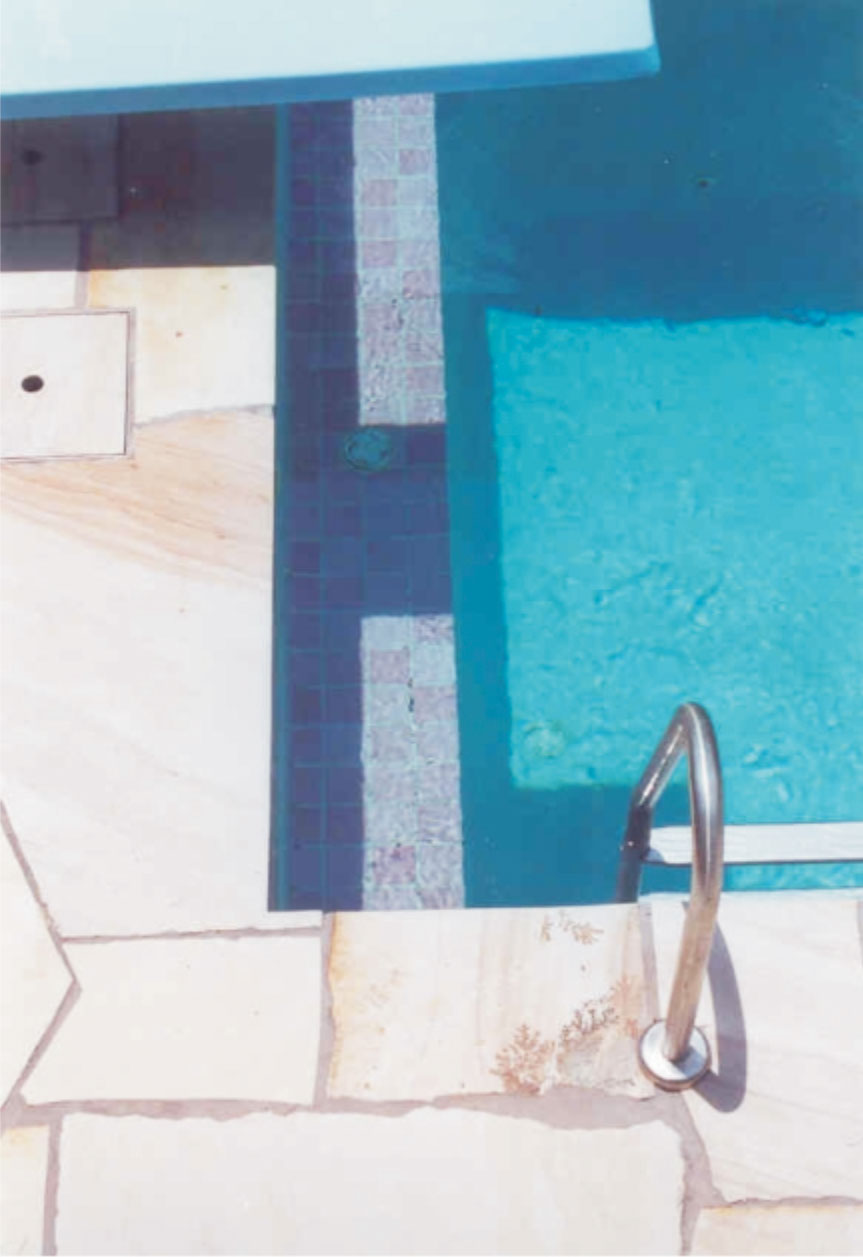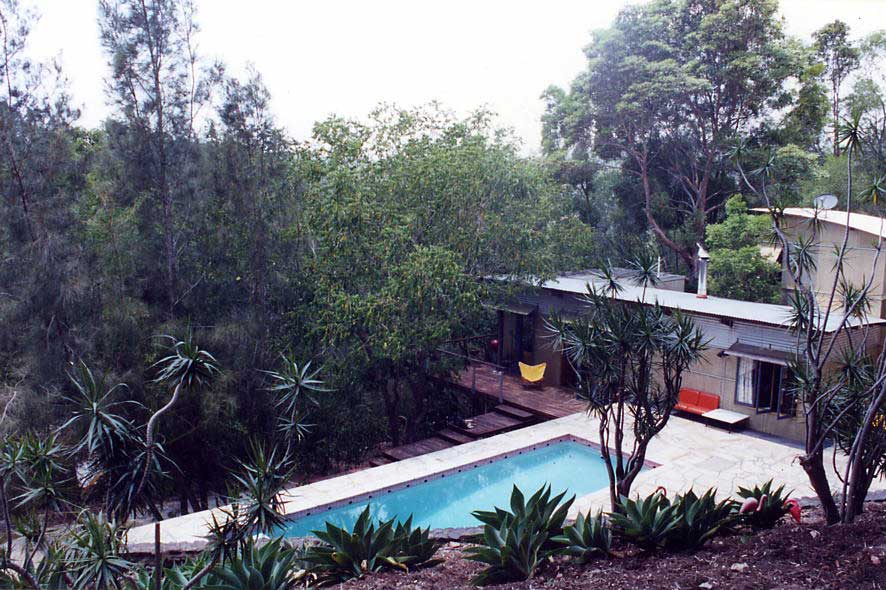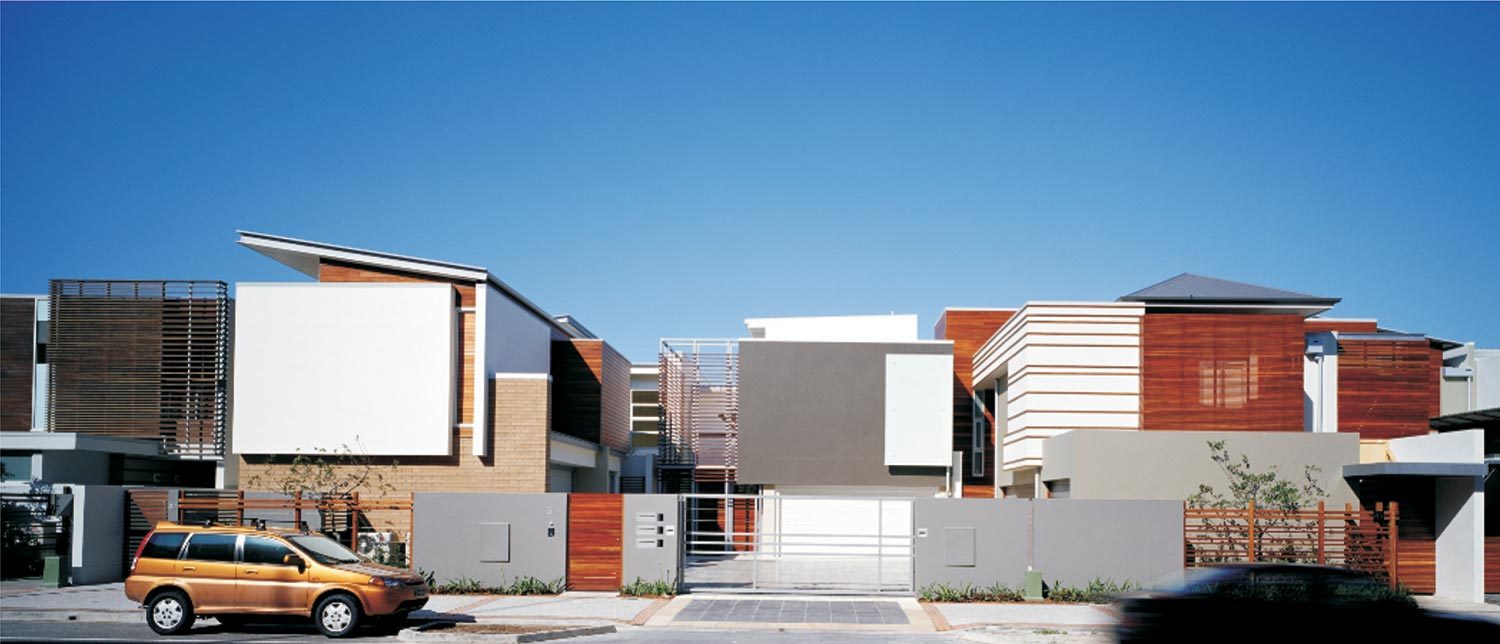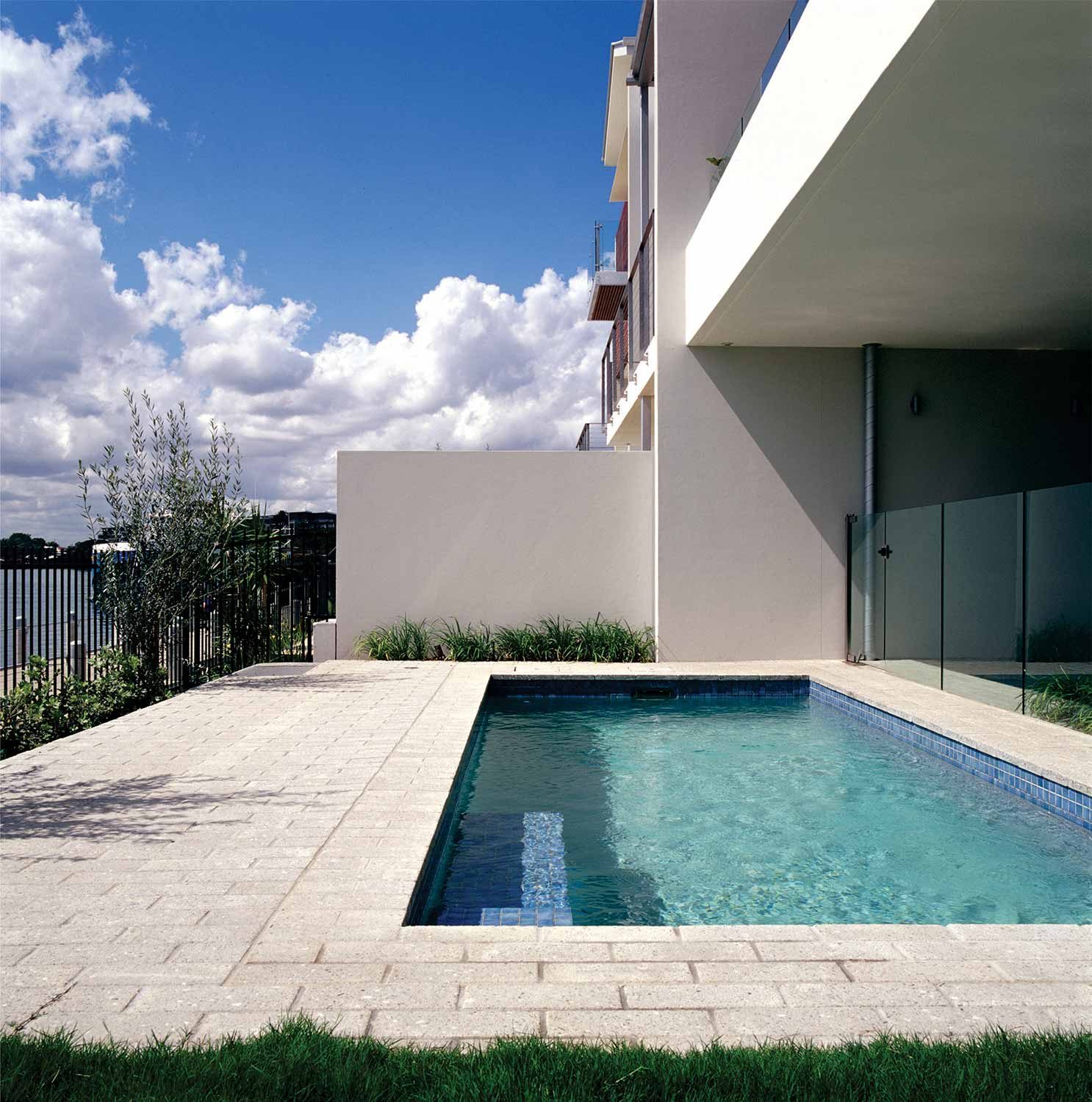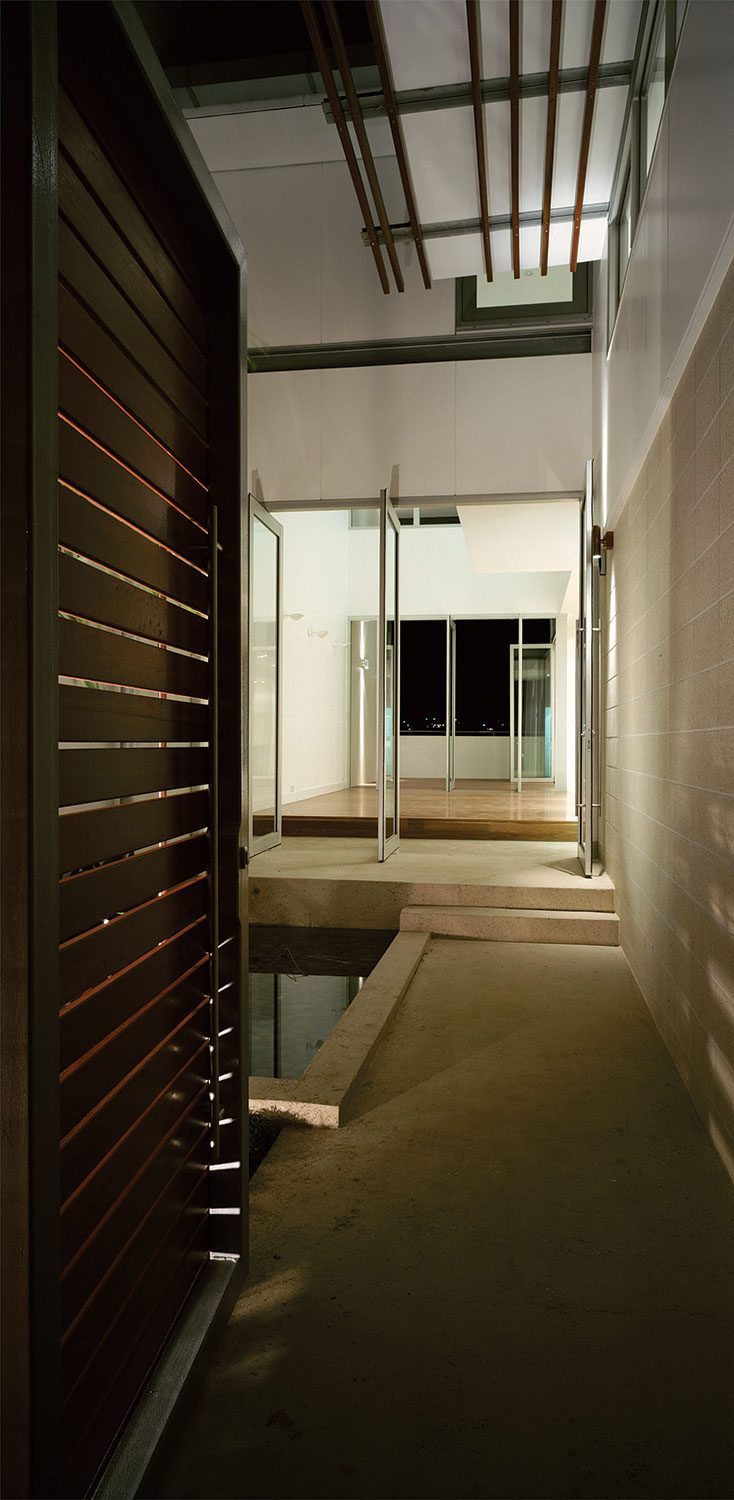Gold Coast is a city infatuated with its image. It is the Miami Vice jostling with BrisVegas in the Sunshine State. Bold and brash, the sky is not the limit in Gold Coast City. The city embraced height from its early days and this coincided with Modernism as it washed over our shores from America in the 1960’s. Its cultural artefacts became highway motels, putt-putt courses with Hawaiian themes, and an ever rising skyline on the water’s edge. What it lacks in cultural depth it makes up for in confidence. Not much stays still in the city, and the Surfers Paradise heart changes its civic clothes like underpants.
Into the shifting sands of its fast moving landscape came Greg O’Shea, who over a period of thirty years embraced this aspirational modernism. Scratch your head and ask the question: Who is the Gold Coast’s most memorable landscape architect? And this recently departed quite achiever stands out. But who was Greg O’Shea you might ask? Given his quiet demeanour, not many would know about Gold Coast’s gifted modernist. Greg had a passion for detail, an eye for the quality of things which provide comfort and beauty. He was a universal designer, equally comfortable developing towns, furniture, houses, and objects.
Phillip Follent, the ex-city Architect for Gold Coast describes Greg O’Shea’s early strategic work on the image of the city: “I first met Greg in the late 90’s when the council embarked on a landscape strategy to guide the image of the city. You and your surfing buddy John Mongard led many community meetings to assist people to develop a visual diary about the city and to vote using red dots on photographs to show likes and dislikes. So simple and effective a method and so democratic too. More to the point….you both showed how good landscape architects could really engage with local folk on quite complex issues about the form of a city and the relevance of landscape to identity. That professional work made a huge difference to the thinking of pollies and bureaucrats about what our city is and can be.”
After finishing university at QUT in 1987 in true Gold Coast style, Greg O’Shea planted himself in a high-rise at Broadbeach. He started a t-shirt design venture called Free Baggin, played for the band The Billy Mummies and joined Gold Coast City Council. Unfortunately the council did not value landscape architects at these times, being pre-occupied with roads, canals and tall buildings, and Greg started The Environmental Design Group, one of the first contemporary landscape practices in the city devoted to the idea of integrated design. In the cut-throat world of Gold Coast development, where cheapest wins and landscape budgets get cut first, Greg struggled in the early years. During this time, Greg began a lifelong collaboration with John Mongard Landscape Architects, fashioning civic realms across Queensland. Our collaborations began with our first large commission in the early 1990’s: we designed the main street of Cleveland, which was one of the early models for town centre revitalisation in Queensland. It won the Australian Council Award of Excellence. Together we designed main street revitalisations in Atherton, Innisfail, Mooloolaba, Toowoomba, Cooroy, and many other towns around Australia.
Greg did his own work throughout Gold Coast City, refashioning streets, parks, and living places. Memorable public projects included 5th Avenue, Palm Beach. Commercial precincts displaying his unique modernism include Virgin Blue Australian Headquarters and the Sirromet Winery. His environmental and estate projects included Timberview and Mondoolun Estate. Working together with his friend the architect Liam Proberts in the late 1990’s, Greg designed and built a unique house at Currumbin that was both contemporary and sustainable long before those ideas gained popular currency together. Greg experimented with landscape ideas in this period, trialling them on his own garden and pool. What he was looking for was beauty in an abstract form: to do more with less. The pool terrace he designed at Currumbin is a piece of landscape modernism of rare quality in Australia.
Within his practice, Greg embraced Gold Coast modernism full throttle, and from about the year 2000, he began designing all sorts of things: cabinetry, pre-cast planters, wall systems and landscapes for the evolving city. As a meticulous draftsman, he pro-actively sought the next wave beyond the landscape modernism that Halprin and other American landscape designers had offered up twenty five years later.
When less is more, what lies beyond? What happens when modernism collides with sustainability? Greg explored these questions. He created a landscape in a manner like peeling the layers of an onion: keep peeling, keep drawing till what is left is the essence of the space, the idea and the forms that inhabit. Anything outside of this final pared down thing is noise in the landscape.
Greg liked music but hated noise. His commercial landscapes sometimes disappeared into themselves because the builders who built them did not follow or could not see the purity in simple shapes, as they altered lines, changed materials and put drain pits in the wrong places. If a line was not followed, Greg would often make them pull the construction out. In his later years, Greg found builders and landscapers who understood his minimalist landscapes, and his best works came at this time in the decade from 2010.
At Sirromet Wineries in the leafier parts of The Gold Coast, this minimalism belies his careful landforming and placement of trees. The stone clad buildings and walls emerge seamlessly from a bucolic landscape. Greg’s landscapes embrace the architectural form and leave no trace of themselves.
At Virgin Blue headquarters in Brisbane, Greg sliced through a landscape courtyard facing water with his characteristic sloping in situ concrete walls, terraces and concrete stairs. Greg would undertake dozens of yellow trace explorations before arriving at the angle and shape of walls and concrete forms. Whilst he reduced the palette of landscape forms and plants, he focused in fine detail on each form, seeking a fluidity in formed concrete and architectural plant specimens.

In his later years, Greg showed his mastery in the realm of apartment living through residential works such as Catalina Riverside Urban Renewal in Teneriffe, the Elysium houses in Noosa, and Holman Street in Kangaroo Point. Greg explored landscape solutions for city life with prominent Gold Coast developers Sunland Group: His playful minimalism was evident in studies for residential estates at Sanctuary Cove and Pacific Pines. Sunland Group named their recent luxury residential project Shea Residences, in memory of Greg O’Shea and this is currently under construction.
Greg had focus and persistence. In later years he would protect his beloved Tugun Village, creating community actions to protect old trees and to save the Village from rampant high-rise. Single-handed, he convinced Tugun residents that they could resist development plans they didn’t want. It was a rare victory for community power and personal perseverance.
Greg died on the 16th of September 2015 and is lovingly remembered by his wife Leisa, and daughters Kitty and Molly.

Carving an idea
like someone whittling
a marble rock
yellow trace falls like rain
spidery drawings ethereal
one time he dropped a tea bag
and made the stain on the paper
into a design for a fountain
which we built in Cleveland


